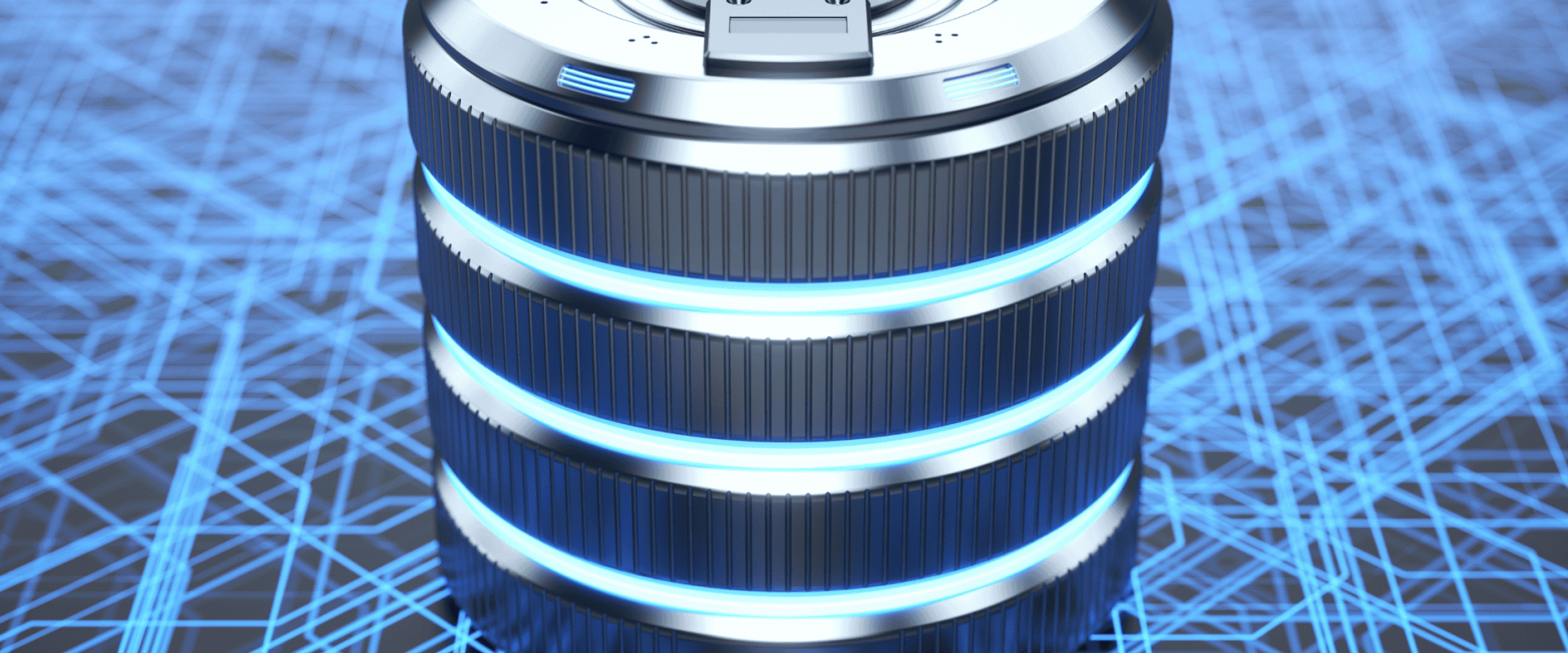Building Scalable AI-Driven Microservices With Kubernetes and Kafka

In the rapidly evolving landscape of software architecture, AI microservices and event streaming have emerged as pivotal elements in the development of intelligent applications. This article delves into the synergy of AI microservices, Kubernetes, and Kafka, offering a fresh perspective on constructing high-availability and scalable systems powered by AI technologies.
The AI Microservices Revolution
The shift from hierarchical architectures to more modular and differentiated systems marks a significant evolution in intelligent systems. By decoupling AI capabilities into microservices, organizations can achieve unprecedented agility and scalability. Each AI microservice can be optimized for specific tasks—be it language processing, image recognition, or analytics—allowing for more efficient resource utilization and easier maintenance. This modular approach not only enhances flexibility but also simplifies the incremental addition of AI capabilities.
Kubernetes: The Orchestrator of AI
Kubernetes has established itself as the de facto standard for container orchestration, and its role in AI infrastructure is increasingly critical. Kubernetes provides the foundational container infrastructure for AI microservices, enabling scalable and resilient AI systems. One of Kubernetes' core strengths is its ability to dynamically allocate resources. AI models often require varying amounts of computational power, and Kubernetes can automatically adjust CPU/GPU resources to meet these demands, ensuring efficient resource utilization.
Moreover, Kubernetes excels in auto-scaling AI workloads. Horizontal Pod Autoscaler (HPA) can scale AI microservices both vertically and horizontally based on metrics such as inference time and queue length, ensuring optimal performance under varying loads. This capability is particularly crucial for AI systems that may experience sudden surges in resource-intensive processing.
Kafka: The Nervous System of AI Applications
Apache Kafka serves as the backbone of AI-centric architectures, facilitating real-time data ingestion and handling asynchronous events. Kafka's role extends beyond mere message transmission; it is integral to the lifecycle of AI applications. One prominent use case is the creation of training data pipelines. Kafka enables real-time data collection from multiple sources, forming a robust pipeline for the continuous training of AI models.
In addition to data ingestion, Kafka is instrumental in model serving. It can function as an inference queue, allowing AI microservices to process high-throughput prediction requests in the background without significantly impacting system response times. Another critical application of Kafka in AI architectures is feedback loops. These closed-loop structures use model predictions and actual outcomes to inform further training, enhancing model accuracy over time.
Architectural Patterns for Scalable AI Microservices
Several architectural patterns are essential for deploying scalable AI microservices:
Sidecar Pattern: AI models run as sidecars to application containers, enabling independent updates and scaling.
CQRS Event Sourcing: Utilizes Kafka for eventing and sourcing, separating read and write systems to facilitate efficient AI analytics.
Federated Learning: Enables distributed collaborative learning among multiple AI microservices while maintaining data privacy and compliance with regulations.
Challenges and Solutions
While Kubernetes and Kafka offer robust features for integrating AI microservices, certain challenges persist:
Model Versioning: Managing model versions in a distributed architecture can be complex. Kubernetes' rolling updates and Kafka's topic compaction are vital tools for handling versioning.
Latency Management: Predictive auto-scaling based on time-series forecasting of Kafka streams can help mitigate latency spikes and maintain performance under varying loads.
Data Consistency: Ensuring data consistency in AI microservices systems is crucial. Leveraging Kafka's exactly-once processing and idempotent producers can address this issue.
Best Practices for Monitoring and Scaling
Effective monitoring and scaling are paramount when deploying AI in microservices:
Distributed Tracing: Implementing tools like OpenTelemetry can provide insights into microservice performance and data flow through different models.
Metrics Visibility: Exposing AI-related metrics to Kubernetes' metrics server enables intelligent autoscaling based on the specific needs of AI workloads.
Chaos Engineering: Regularly conducting chaos engineering experiments helps identify vulnerabilities and implement robust fault-tolerance mechanisms.
Conclusion
The integration of AI microservices with Kubernetes and Kafka presents a compelling model for building and managing large-scale intelligent systems. By harnessing the strengths of these technologies, organizations can develop AI systems that are both resilient and scalable. As these technologies continue to evolve, they promise to democratize AI development, enabling enterprises of all sizes to incorporate AI into their applications.
About ZippyOPS:
We provide consulting, implementation, and management services on DevOps, DevSecOps, DataOps, Cloud, Automated Ops, AI Ops, ML Ops, Microservices, Infrastructure, and Security Services. Explore our services, products, and solutions. For demo videos, check out our YouTube Playlist. If this seems interesting, please email us at [email protected] for a call.
Recent Comments
No comments
Leave a Comment
We will be happy to hear what you think about this post